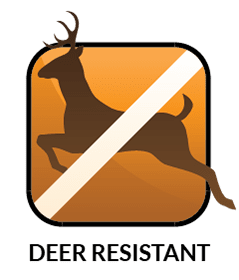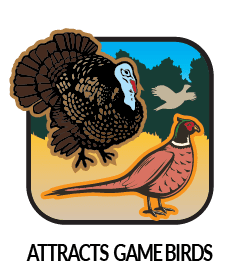American Tamarack Forestry Plugs
Plant Type: Conifer Plug
Zones: 2-7
Soil Type: Clay, Loamy & Sandy Soils
Site Selection: Full Sun
Mature Height & Width: 50-70' Height and 20-30' Spread
Growth Rate: Moderate - 12-24" per year once established
Moisture Requirements: Average to wet soils
American Tamarack Bare Root Trees Also Available - CLICK HERE





American Tamarack Forestry Plugs
Larix laricina
Sold only by the full box of trees
Now you have access to the same trees planted by the giant timber companies, tree farms and many forestry agencies! The roots of our P1 size trees are surrounded by a plug of soil which is 3.3 cubic inches while our P2 trees have a plug of soil 4.9 cubic inches in volume. Our P3 Super Plug trees boast a soil plug volume of a whopping 15.3 cubic inches, over 3X the size of its P2 counterpart! The biomass of the trees also increases substantially with each plug size increment. This includes the soil plug size, root system and stem diameter.
Specs for the soil plug surrounding the roots:
P1 size | 1.1” Diameter | 3.74” Depth | 3.7 cubic inch soil plug
P2 size | 1.24” Diameter | 4.33” Depth | 4.9 cubic inch soil plug
P3 size Super Plug | 2” Diameter | 5.96” Depth | 15.3 cubic inch soil plug
The American Tamarack is sometimes also known as the American Larch, Eastern Larch, Alaskan Larch and the Hackmatack.
The American Tamarack is a medium to large conifer that holds a special secret. Unlike most other conifers who are also evergreens, the American Tamarack's needles turn a beautiful yellow-orange color in fall and ultimately drop off the tree. The silhouette is interesting in form with its branches showing during the winter months. In spring, new soft green foliage emerges and the entire process starts again. This Tamarack makes a good choice for low lying areas such as wetlands and bogs. This tree will grow well in other areas as long as there is adequate moisture.
Common uses for the American Tamarack:
- Specimen tree with unique foliage
- Fall color, needles turn yellow before falling
- Naturalizing lowland areas in and around wetlands
- Commonly used as a bonsai tree
The American Tamarack has minimal value to wildlife. Some birds will use the limbs for perching and basic cover. Snowshoe hares sometimes feed on twigs and bark and porucpines feed on the inner bark. Spruce, Blue and Sharp-Tailed Grouse will consume the needles and buds. Red squirrels will cache tamarack cones. The Pine Siskin, crossbills and a few other seed eating birds consume the seeds from its cones.






